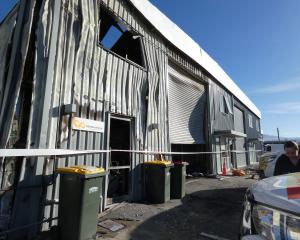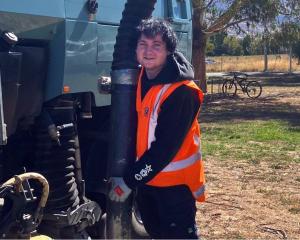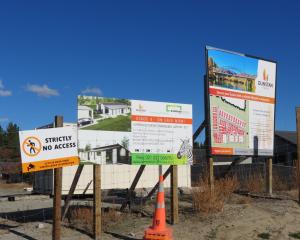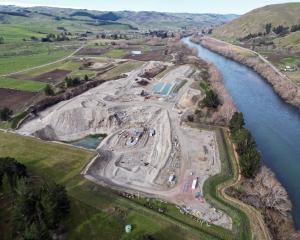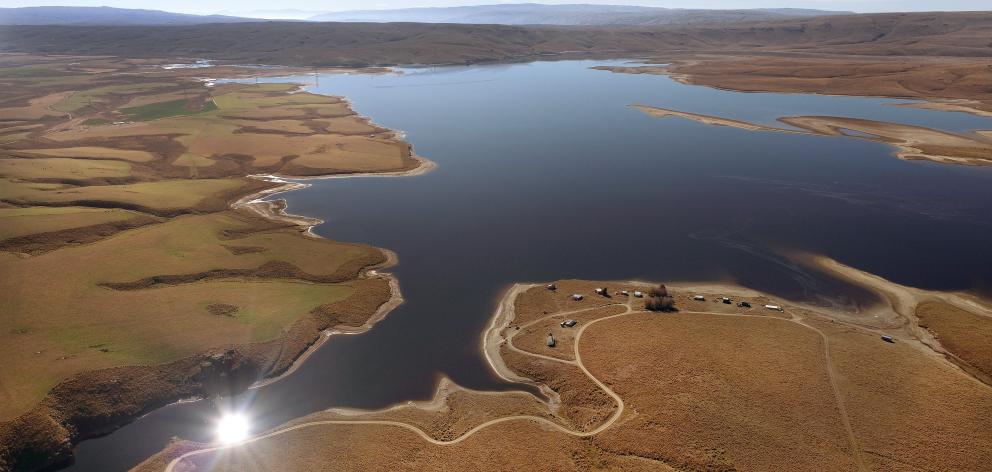
The $4 billion project is still in the investigation phase and information was expected to go to Cabinet at the end of the year.
An initial phase of fieldwork in Teviot Valley began in June. This fieldwork was located on public land, such as road reserves, at two main sites and was completed this month.
The initial work was investigating where on the Clutha River water could be stored before being pumped through a tunnel to Lake Onslow. Depending on the location, this may involve the construction of a lower reservoir.
A lower reservoir would allow the pumped hydro scheme to take and return water and minimise any effects on the river.
The feasibility study had identified three possible areas for a lower reservoir — one at Lake Roxburgh where the lake would act as a reservoir, and at two sites further downstream.
More information was needed to help determine the most appropriate location, size and design for a lower reservoir, should the scheme go ahead. Landowners would be contacted who may be affected by the planned reservoir.
A second phase of geotechnical work would begin at a new site on private land in the Teviot Valley at the end of this month. This work is an extension of the fieldwork in the Teviot Valley.
This location has been selected for its near-surface-level geological features, which provide insight that can inform the broader design work of the proposed pumped hydro scheme.
This second phase of fieldwork is expected to take about four weeks.
Once the on-site work was complete, the drill holes were covered and the area was rehabilitated. The groundwater levels and pressure at some sites were remotely monitored. At these sites, a small, fenced structure enclosed the covered drill holes and a 5m pole with solar panels and data-logging equipment were installed.
Once the work finished and the site rehabilitated, a small area around the covered drillhole is fenced off. A small solar panel, monitoring equipment and telecommunications equipment is installed so groundwater data can be collected and monitored remotely. Over time, all areas where the ground has been disturbed will be rehabilitated, leaving little to no evidence of activity.
A drop-in event for the community was planned for October 29, and it would be a chance to hear more about the project and talk more with members of the project team.
It was revealed last month there was enough elevated water storage for the project’s upper reservoir and the surrounding land was strong enough to support the building of a dam. Transmission lines were big enough near the site to transmit power.
The Clutha River was also sufficiently lower in altitude than Lake Onslow with enough water to pump from and had suitable tunnel and lower intake options.
- Staff reporter

